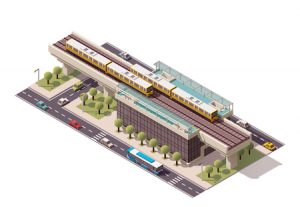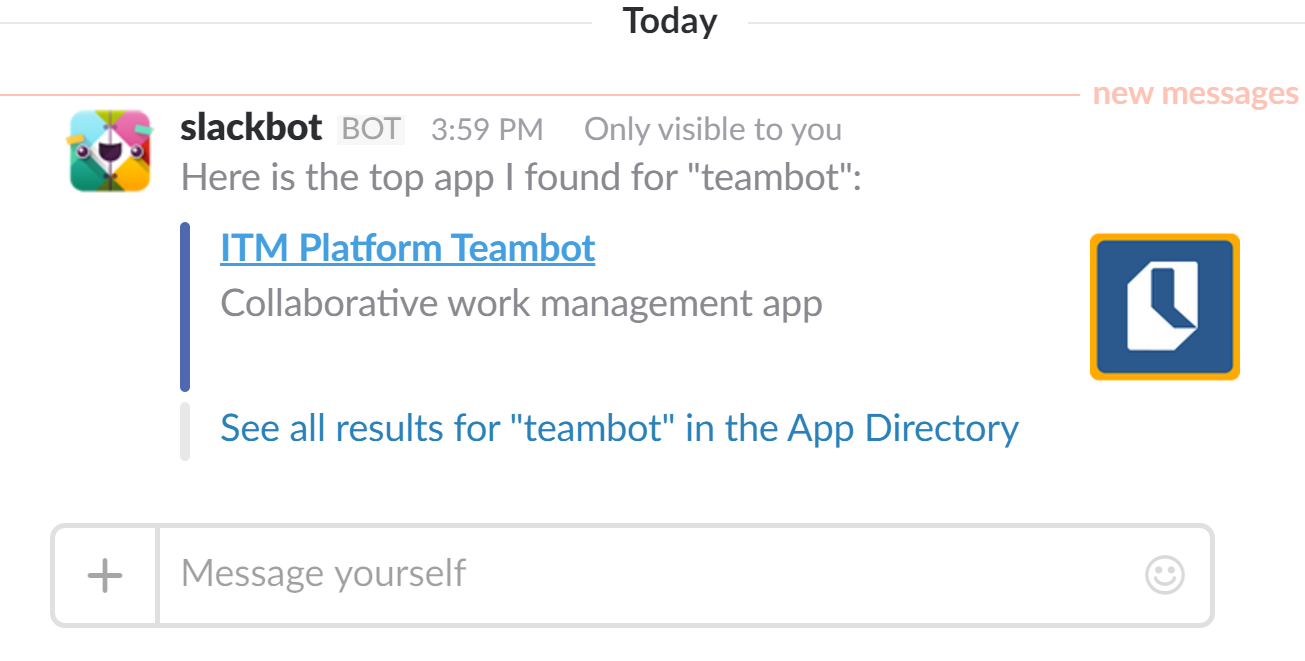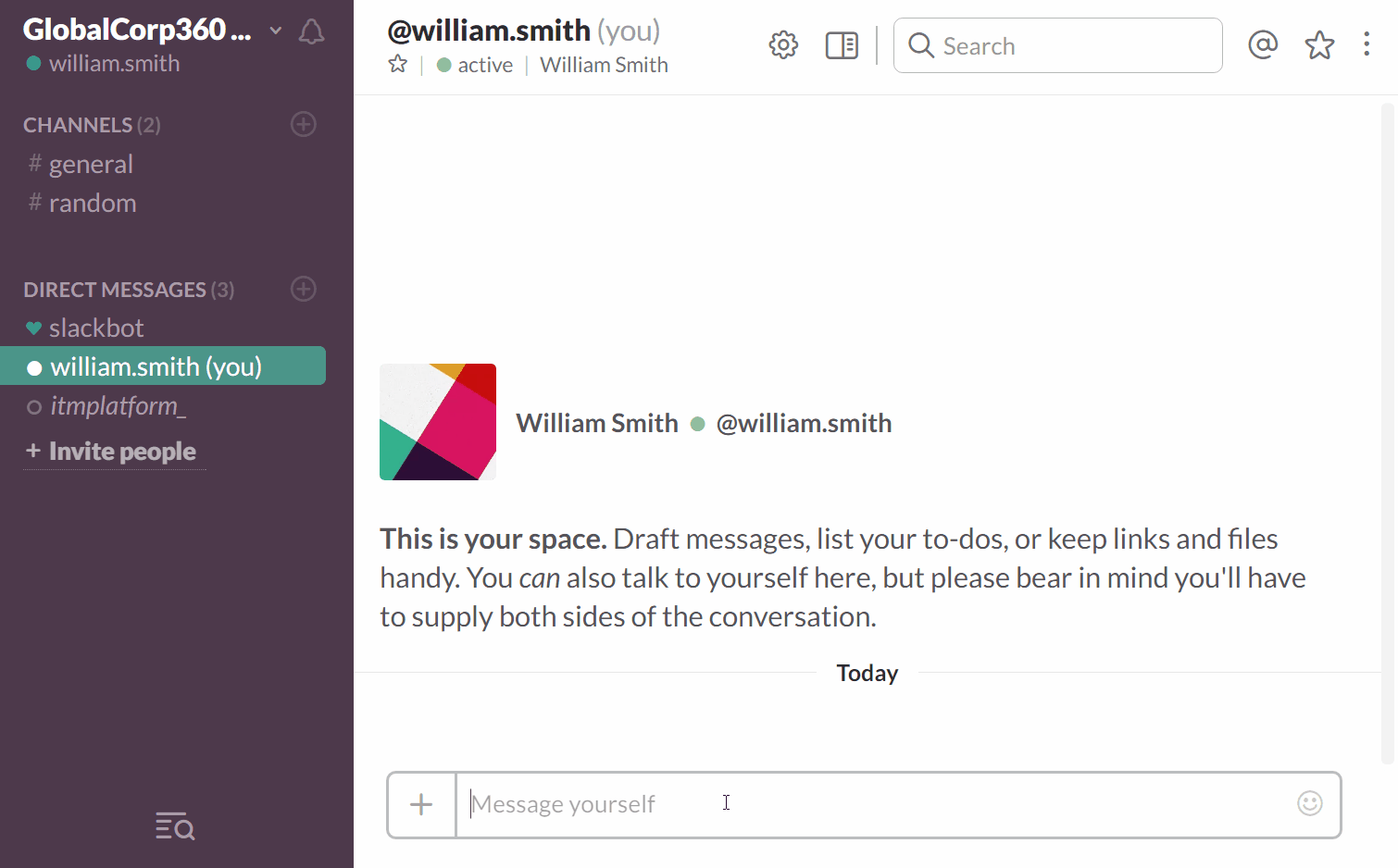 There are many examples in the field of construction where the final cost of public infrastructure has far exceeded the initial budget. In this article, we will comment on some of the most striking cases of Spanish architect Santiago Calatrava and how adequate project management could have solved the budgetary problems derived from poor administration of the resources.
There are many examples in the field of construction where the final cost of public infrastructure has far exceeded the initial budget. In this article, we will comment on some of the most striking cases of Spanish architect Santiago Calatrava and how adequate project management could have solved the budgetary problems derived from poor administration of the resources.
Santiago Calatrava is a Spanish architect born in the early 50's in the city of Valencia. His main creations include large urban structures that redefine the landscape and the city environment. In the beginning, his work begun to reap a lot of success in Spain, especially in his home town of Valencia. Now his work can be seen in European capitals and other parts of the world.
As a result of his brilliant career, he has received awards of international esteem such as the Prince of Asturias Award (1999) or the National Architecture Prize (2005).
However, his career has also been littered with controversial media related to the low functionality and high overhead of his buildings. We will review some examples.
Ground zero station (New York)
After the fateful attacks of 11 of September of 2001, the City council of New York and of New Jersey wanted to construct a new terminal station designed to connect the PATH to the New York City Subway.
The original concept of the project was a structure that evoked the wings of a Phoenix. In the same way a phoenix resurges from its ashes, New York City in particular and the United States would be able to re-construct from the personal and institutional damage produced by the attacks.
Originally, the Valencian architect presented an estimated project of 1.8 billion dollars. After a series of extensions and extra costs, the construction ended considerably later than planned and with an extra cost that almost doubles the original forecasts.
For its final cost, it earned the "honorable" title of being the most expensive station in the world. Compared to New York’s famous Grand Central Station, after taking into account the original budget of this station and adjusted for inflation in the years since its construction began, Calatrava’s station has doubled the cost of Grand Central Station.
On the other hand, if we compare this with other public infrastructures, such as the George Washington Bridge, known as the most crossed bridge in the world in terms of people and vehicles, we see that it presented an overrun of approximately four times more. Of course, for these calculations we have adjusted the cost of the bridge for inflation.
It could be argued that a higher cost might be justified by greater utility or the expectation of obtaining a higher economic return from its use. Analyzing the specific case, the New York station built by Calatrava does not meet this criterion.
Calatrava’s station amasses a daily passage of approximately 42,000 passengers, which is hugely contrasted by the 208,000 that transit through Grand Central Station.
Taking into account the data previously used stating that Calatrava’s station is double the cost of Grand Central Station, we can deduce that the daily cost per passenger ends up being approximately 10 times more.
In short, this project, despite resulting in a spectacular monument, has failed to meet the needs of customers and has not respected the original budgets.
Other monuments by Calatrava with similar problems
Although the works of Calatrava are spread throughout the world, some of the most representative works at national and international level and that have presented management problems similar to those of the Ground Zero Station in New York, are the following:
-
The Reina Sofía arts palace and the Agora of the City of Arts and Sciences in Valencia. The construction, currently part of the landscape of Valencia, involved a significant overrun with respect to the original budget and at the time, also had serious maintenance problems.
-
Puente Zubizuri (Bilbao), Vistabella bridge (Murcia), Alamillo bridge (Seville), suspension bridge (Jerusalem) and some others. All of these bridges have presented problems soon after construction. In some cases, the stability of the structures was affected, which has meant it necessary to introduce components that were not in the original plans. In other cases, the problem lay in practical utility. For example, the floors had been constructed of glass, with the consequent risk of slips for pedestrians. After some denunciations by these, the usual solution established by the municipalities has been to cover them with carpets, which again increases the cost of the project and also subtracts aesthetic beauty from the result.
-
Obelisk of the Caja in Plaza Castilla (Madrid). This monument, commissioned by Caja Madrid to celebrate the 300th anniversary of its foundation. It was originally designed to be moving. Just two days after its inauguration, the mechanism began to fail, so it had to be stopped. Since then, he has been stationary.
How to solve these problems through project management?
Proper project management has much to contribute in cases such as these. Some of the tasks that a project team can perform through the appropriate systems are:
-
Construct realistic budgets, that satisfy the needs of the project without extra costs.
-
Carry out useful projects for the intended end result. Synchronizing the complexity of a project to the practical needs. The correct alignment between the project and the needs of the clients is what guarantees the final satisfaction and allows for entering issues into the budget that are going to imply an added value in the face of customer satisfaction.
-
Make constant measurements of the budgetary status, to ensure that, throughout the evolution of the project, it continues to be respected. If this is not the case, detecting deviations early will allow the appropriate corrective measures to be taken.
-
Getting a project to have the desired reach not only in utility and functionality, but over time. Selecting the materials and methods of construction that obtain a satisfactory product for the client, also in terms of its usefulness.
-
Predict possible difficulties or risks that may arise during the execution of the project, and take the necessary measures to mitigate their effects or to look for alternatives in case they arise.
-
Provide solidity and reliability for the company during this project and for future projects. A company that fulfills its word in terms of budgets and quality of the final product supplied has guaranteed customer satisfaction and a greater brand image that will in turn attract more clients in the future.


 This is one of the ways to assign a certain task to a worker. Unfortunately, it is among the most frequent, but the least effective.
This is one of the ways to assign a certain task to a worker. Unfortunately, it is among the most frequent, but the least effective. Even 16 years into the 21
Even 16 years into the 21
